The ocean's underwater world is closer than you think. Snorkeling lets you watch fish, coral reefs, and marine life right from the water's surface. You don't have to be a strong swimmer or buy expensive gear to try it - snorkeling is straightforward to learn and do. This guide covers what you need to know for your first time, from basic equipment to safety tips, so you can enjoy exploring underwater confidently and safely.

Tip 1: Choose the Right Snorkeling Equipment
Main Gear: Mask, Snorkel, and Fins
A well-fitted snorkel mask creates a watertight seal around your eyes and nose, giving you clear underwater vision. Look for a snorkel mask with a soft silicone skirt that fits your face shape. The snorkel is a curved tube that helps you breathe while floating face down. Choose one with a comfortable mouthpiece and a splash guard at the top. Fins boost your swimming power and help you move through water smoothly. They should feel snug but not tight, with no pressure points on your feet.
How to Check if Your Gear Fits
Your mask should stay in place when you gently inhale through your nose without holding it. If air leaks in, try a different size or style. For fins, wear them with your snorkeling socks if you plan to use them - this prevents blisters and affects the fit. When you move your head, your snorkel should stay firmly attached to your mask without pulling away.
Tip 2: Test Your Gear in Safe Water First
Pool Practice is Essential
Test all your gear in a swimming pool or calm, shallow water before going to the ocean. This lets you focus on adjusting your equipment without dealing with waves or currents. A 30-minute practice session is usually enough to catch any problems.
Testing Your Equipment
- Float face down and breathe through your snorkel for several minutes
- Practice taking the snorkel in and out of your mouth
- Try different swimming positions to check if water enters your mask
- Move around to ensure your fins stay secure while kicking
If you find any issues during testing, adjust your gear or ask for help at your local dive shop. It's much better to fix problems in the pool than discover them in the ocean.

Tip 3: Build Your Water Confidence
Basic Swimming Skills Matter
You don't need to be an expert swimmer to snorkel, but you should be able to swim at least 50 meters and tread water for 10 minutes. If you're unsure about your swimming ability, take a few basic swimming lessons - most local pools offer adult classes.
Practice These Simple Skills
- Float on your stomach and back
- Tread water without using too much energy
- Practice the basic breast stroke - it's perfect for snorkeling
- Get used to having your face in the water
Learning these fundamentals in a pool will help you stay relaxed in the ocean. Take your time, and don't move on to snorkeling until you feel confident with these basics.
Tip 4: Master These Basic Snorkeling Skills
Breathing Through Your Snorkel
Keep your head still and breathe slowly through your mouth. The breaths should be slightly deeper than normal but not forced. Stay calm - many beginners breathe too fast at first. If you feel anxious, lift your head out of the water and take a few regular breaths.
Clearing Water from Your Snorkel
When water gets in your snorkel, blow out sharply through your mouth - like blowing out a candle. This forces the water out through the top. You can also lift your head out of the water and take a quick breath to clear it.
Going Under: Pressure Changes
If you swim down even a few feet, you'll feel pressure in your ears. To equalize:
- Pinch your nose through the mask
- Gently blow against your closed nostrils
- Stop if you feel any pain
- Return to the surface if the pressure doesn't clear
Tip 5: Know Your Snorkeling Location
Check Local Conditions
Check the tide times, wind speed, and wave height before you go. Early morning usually has the calmest water and best visibility. Most beaches have signs showing current conditions and any warnings for the day.
Understanding Water Movement
Each beach has different water conditions. Watch out for currents that can pull you along the beach or away from shore. Pay attention to how the water moves and stay where you can easily swim back to shore.
Watch for Natural Hazards
Look out for local risks like sharp coral, sea urchins, and territorial fish. Always ask lifeguards or local snorkel shops about any dangerous areas or conditions. They can tell you the safest places to enter and exit the water.

Tip 6: Stay Safe in the Sun
Choose the Right Sunscreen
Use reef-safe sunscreen that doesn't harm marine life. Apply it 30 minutes before getting in the water and reapply after swimming. Regular sunscreen can damage coral reefs, so look for products marked "reef-safe" or "reef-friendly."
Wear Protective Clothing
A long-sleeve rash guard is often better than sunscreen alone. It protects your skin from both sun and minor scrapes. Add swim leggings or board shorts for extra coverage. These clothes also keep you warmer in cool water.
Time Your Snorkeling Well
Plan your snorkeling between 8-10 AM or after 3 PM when the sun isn't directly overhead. The water is usually calmer during these times, and the sun is less intense. This timing also helps you avoid the midday heat and see more active marine life.
Tip 7: Be a Responsible Snorkeler
Keep Your Distance
Stay at least 6 feet away from marine life. If a sea turtle or fish swims closer, remain still and let it pass. Fast movements can scare animals and may cause them to behave defensively.
No Touching or Feeding
Marine animals have protective coatings that help them fight disease. Touching them removes this protection and can make them sick. Feeding changes their natural behavior and can harm their health. Human food isn't part of their normal diet.
Protect the Environment
Stay off coral reefs - even dead ones can support new growth. Kicking up sand can smother coral and other marine life. Your fins should stay near the surface, well above the reef. When you need to adjust your gear, move to deeper water away from coral.

Tip 8: Never Snorkel Alone
Stay Within Arm's Reach
Your buddy should always be close enough to help if needed. Take turns watching each other while the other person looks underwater. Make eye contact every few minutes to check on each other.
Basic Underwater Signals
Learn these essential hand signals before you start:
- Thumbs up: Need to go up/end session
- Tap your head: Something's wrong
- Pat your stomach: Feeling sick
- Point with whole hand: Look at this
- OK sign: Are you okay?/I'm okay
Handle Problems Together
If one person has trouble, both should return to shore. If you get separated, search for one minute, then meet at your agreed exit point. For serious problems like cramps or exhaustion, your buddy can help you float while signaling others for help.
Tip 9: Save Your Energy While Snorkeling
Move Efficiently
Float quietly at the surface, making slow, steady kicks with your fins. Let your arms rest unless you need to turn. Moving slowly helps you see more marine life and uses less energy.
Take Regular Breaks
Head back to shore or hold onto a floating rest stop every 20-30 minutes. Drink water during these breaks - you can get dehydrated even while surrounded by water. If you're tired, float on your back for a few minutes.
Know When to Stop
Pay attention to how you feel. If you notice any of these signs, it's time to end your session:
- Shivering or feeling cold
- Breathing harder than normal
- Tired legs
- Feeling thirsty or lightheaded
- Difficulty focusing
Tip 10: Take Photos Safely Underwater
Choose Your Camera Wisely
A basic waterproof camera or phone case works well for most snorkelers. Test any waterproof case in a sink before using it in the ocean. Keep your camera attached to your wrist with a floating strap - even waterproof equipment can sink.
Focus on Safety First
Take photos only when you're comfortable and stable in the water. Don't chase marine life for a photo or swim into restricted areas. Stop filming if you need to adjust your mask or snorkel.
Follow Local Rules
Some marine parks limit photography or prohibit flash photography. Check the rules before you enter protected areas. Many popular snorkeling spots have specific times and zones where photos are allowed.

Get Ready for Your First Snorkel!
With these ten tips, you're well prepared for your first time snorkeling. By following basic safety rules, using the right gear, and respecting marine life, you can explore underwater comfortably and safely. Take your time to learn the basics, always snorkel with a buddy, and enjoy seeing the ocean's wonderful marine life up close.
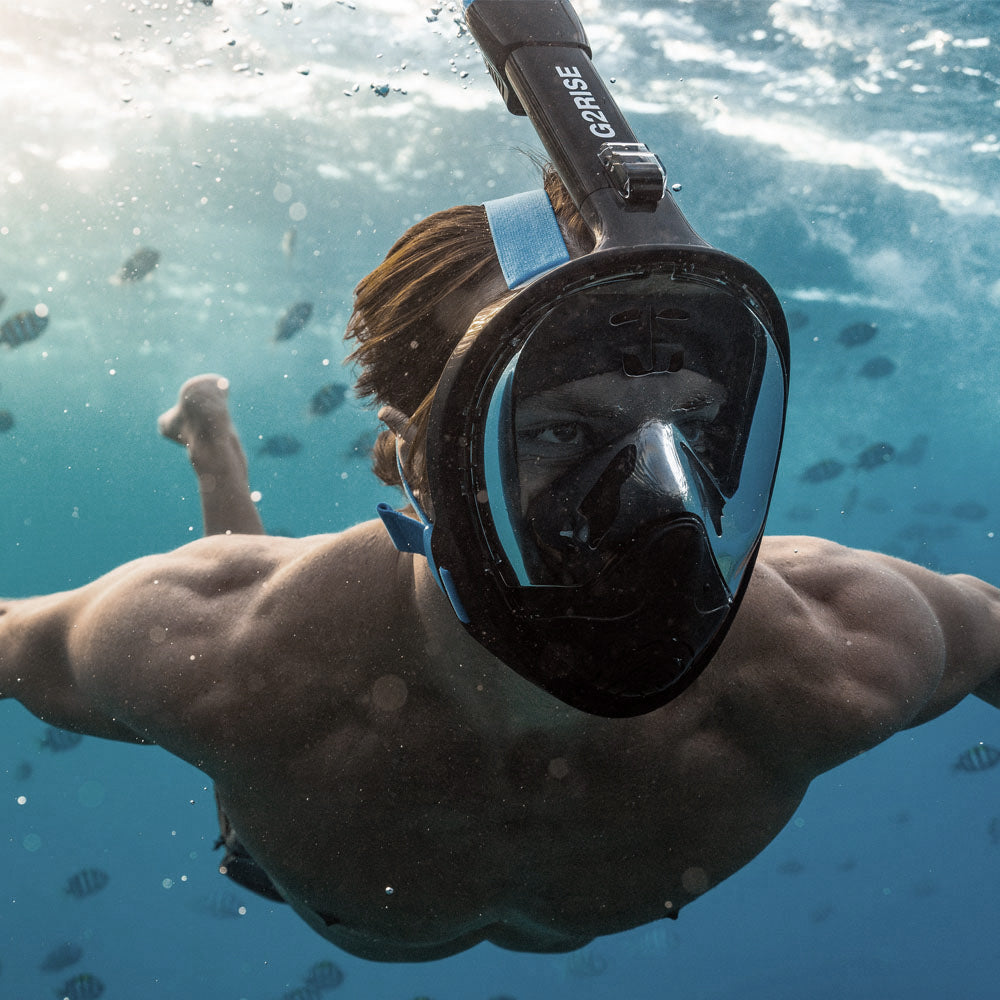
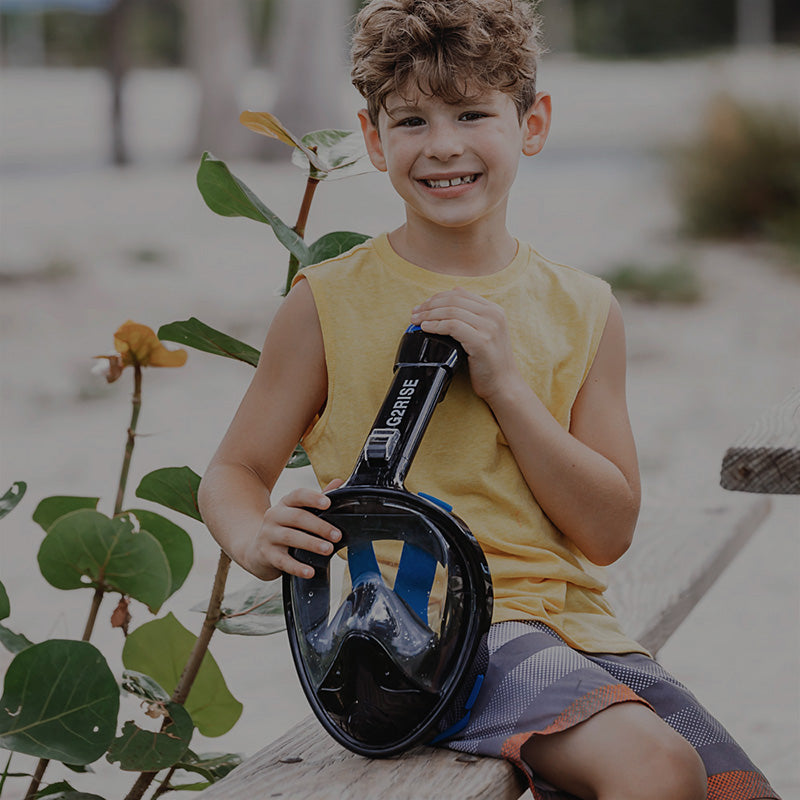
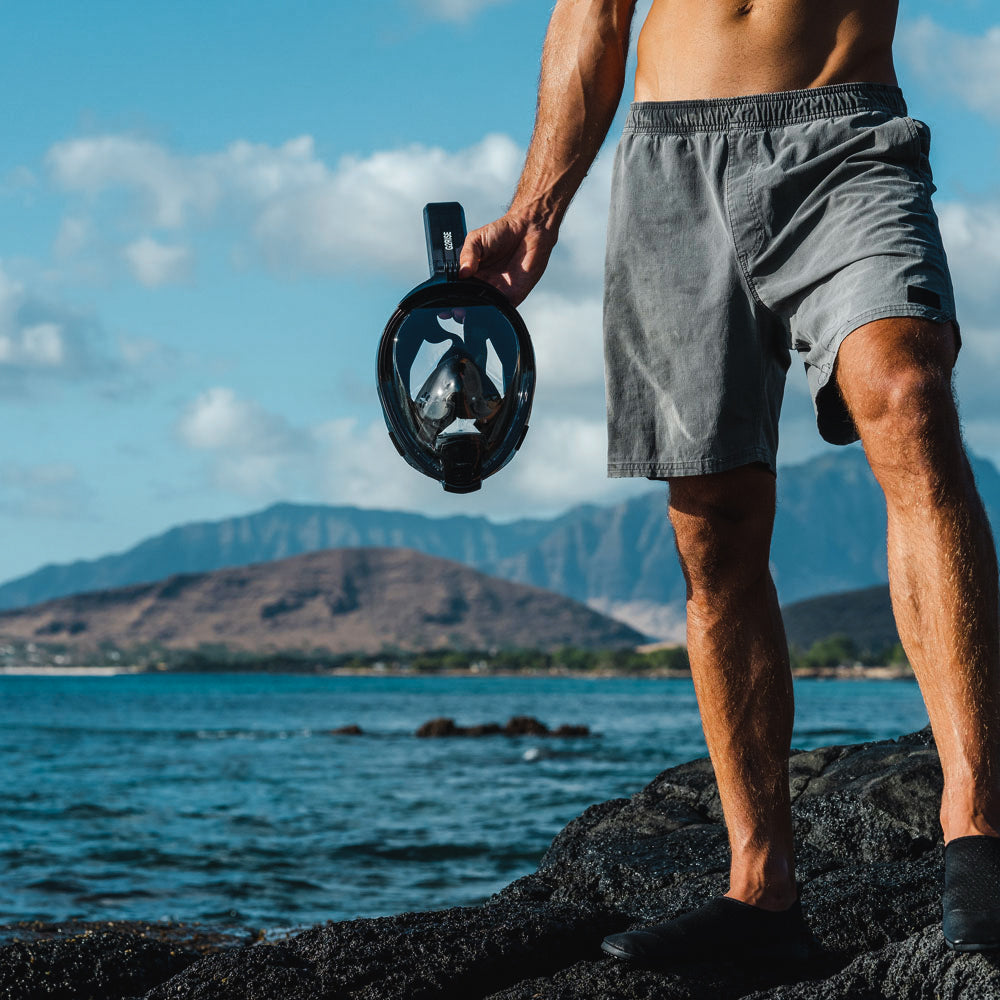
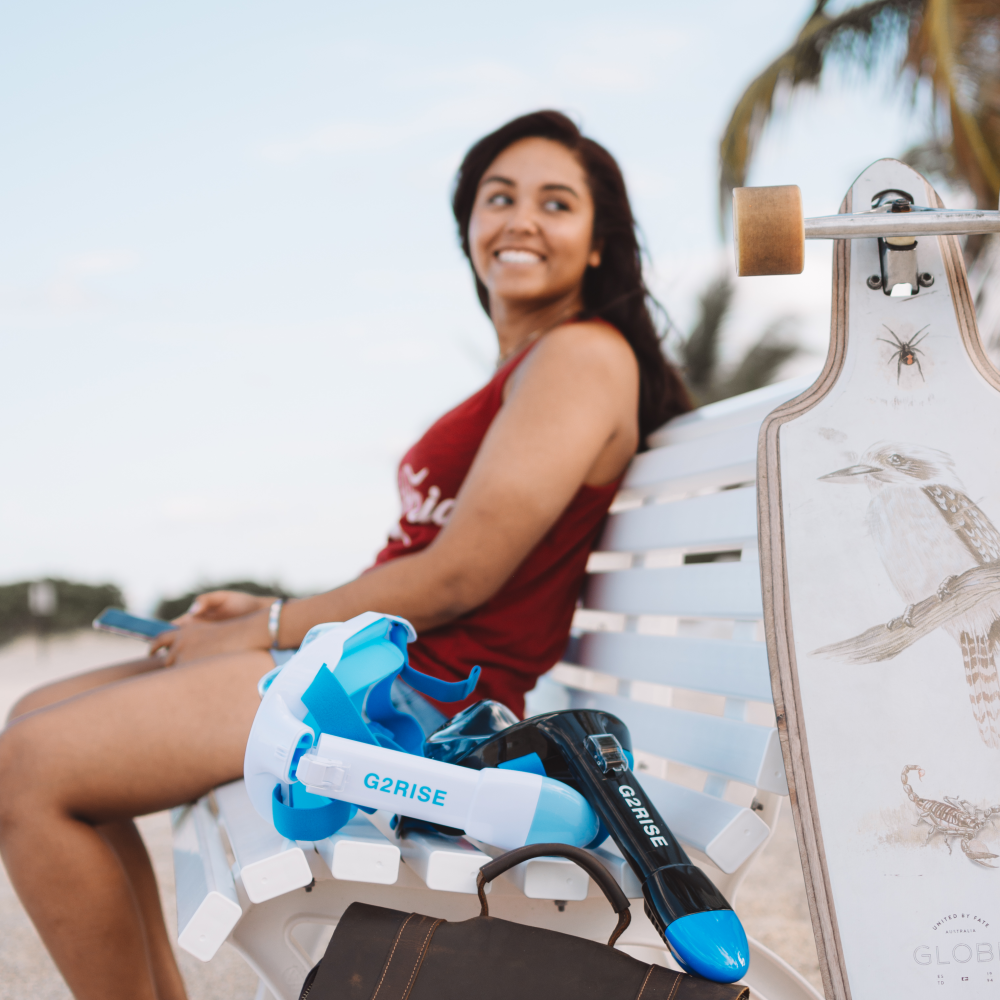
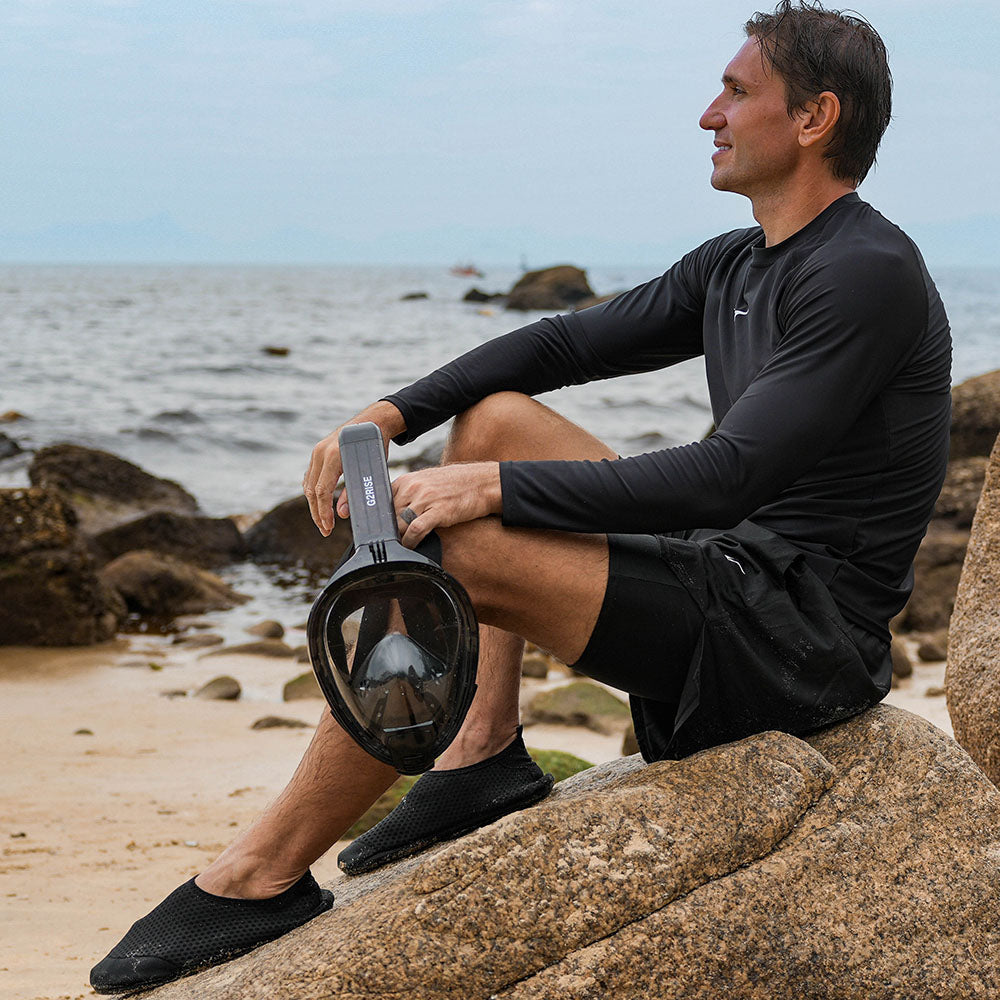


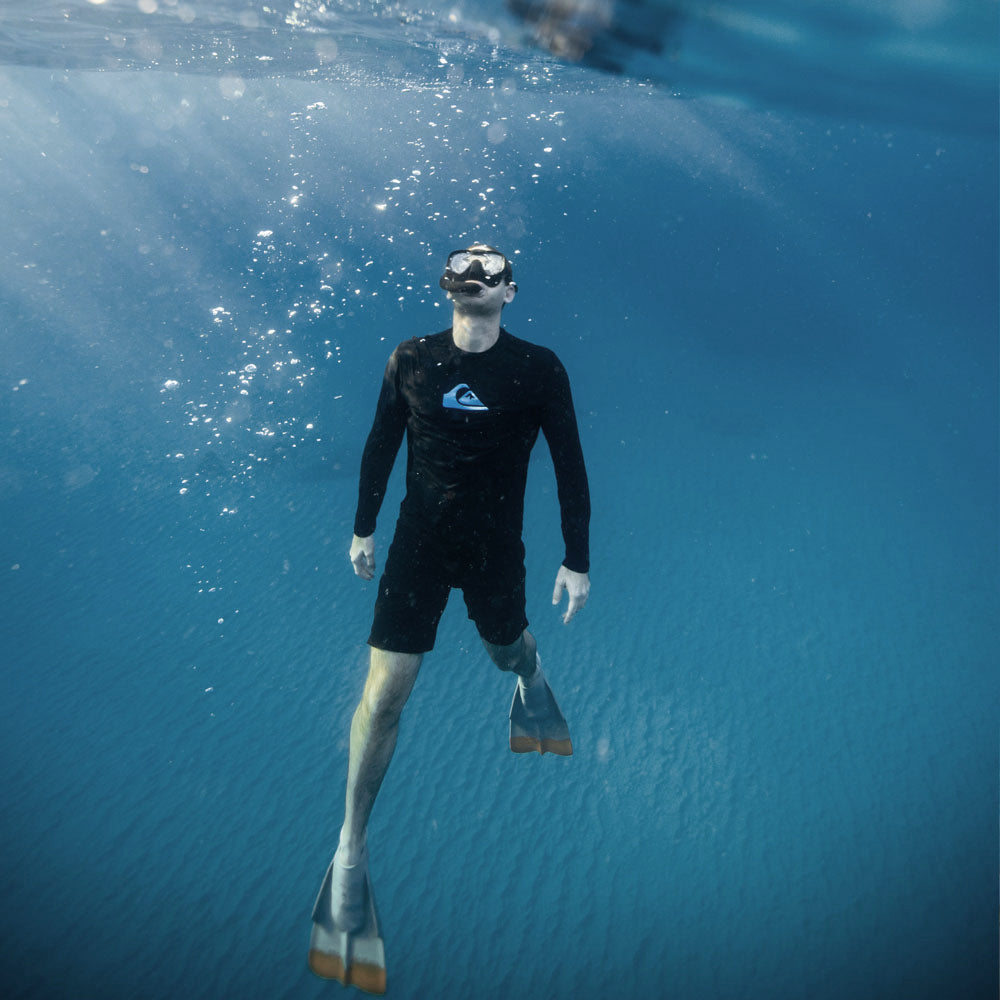
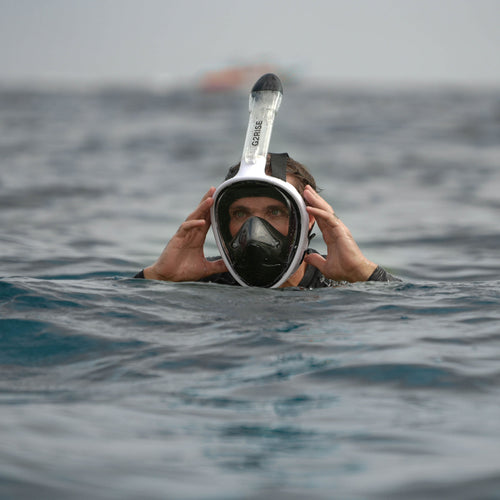
Leave a comment
This site is protected by hCaptcha and the hCaptcha Privacy Policy and Terms of Service apply.